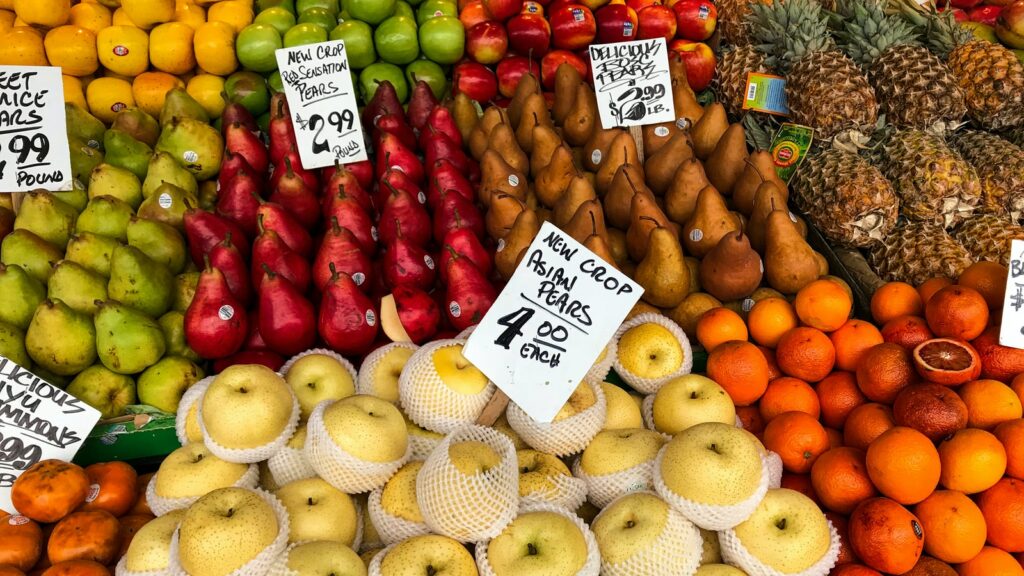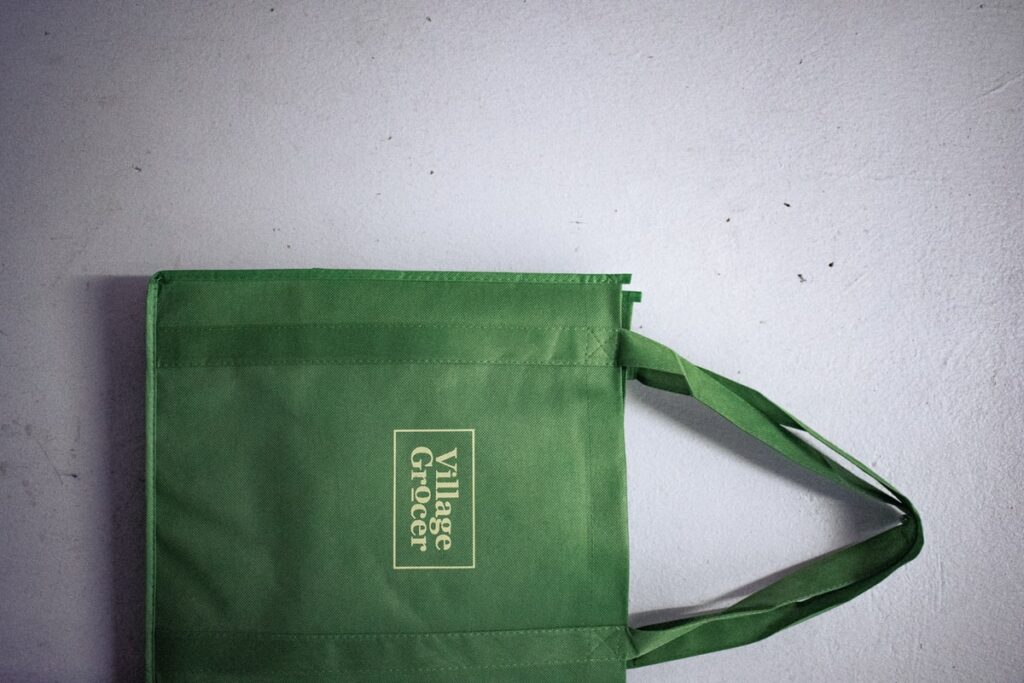Grocery shopping is a necessary evil. We all have to do it, but few of us enjoy it. Why is that? Well, grocery shopping can be time-consuming, and it can be hard to find what you need if you don’t know where to look.
Table of Contents
- 1. Plan your meals ahead of time and make a grocery list.
- 2. Compare prices at different stores and buy the items that are on sale.
- 3. Buy in bulk when possible.
- 4. Use coupons.
- 5. Avoid convenience foods.
- 6. Bring your own bags to the store.
- 7. Avoid pre-packaged foods.
- 8. Buy generic brands. They are usually cheaper than name brands and just as good.
- 9. Don’t go grocery shopping when you’re hungry. You’ll be more likely to buy things you don’t need if you’re hungry.
- 10. Make sure you’re not paying for things you don’t need, such as insurance on perishables.
1. Plan your meals ahead of time and make a grocery list.

Making a grocery shopping list may seem like a no-brainer, but if you want to save time (and money), there’s a few things you should keep in mind.
First, think about what you’ll be eating for the week and make a list of all the ingredients you’ll need. If you’re not sure what you want to eat, take a look at your favorite recipes or browse online for inspiration. Once you have your list, take a look in your pantry and fridge to see what you already have on hand. This will help you avoid buying duplicates or items you don’t need.
Next, consider your budget. Make a note of how much you’re willing to spend on each item and try to stick to it. You can also look for sales or coupons to help you save money. Once you have your list and budget, it’s time to hit the grocery store.
Start by heading to the produce section first. This is where you’ll find the freshest food and it’s typically less expensive than other items. Then, make your way through the store, sticking to the list as much as possible. If you see something that’s not on the list but looks good, ask yourself if you really need it. If not, put it back.
Finally, don’t forget to check out the bulk section. This is a great place to find items like grains, nuts, and spices. You can usually buy as much or as little as you need, which can help reduce food waste.
With a little planning, making a grocery shopping list is easy. By taking the time to do it, you can save time (and money) at the store.
2. Compare prices at different stores and buy the items that are on sale.

When it comes to finding the best deals on the things you need, price comparison shopping is key. By taking the time to compare prices at different stores, you can ensure that you’re getting the best possible deal on the items you need.
There are a few different ways to compare prices at different stores. One way is to simply take a look at the prices listed on the store’s website. This can give you a good general idea of what the store’s prices are like.
Another way to compare prices is to use a price comparison website. These websites allow you to enter the item you’re looking for and then they’ll show you the prices from a variety of different stores. This can be a great way to quickly compare prices and find the best deal.
Finally, you can always just head to the store and ask them about their prices. This can be a good way to get a sense of the store’s overall pricing structure and to find out if they have any special deals or sales going on.
No matter how you choose to compare prices, taking the time to do so can save you a lot of money in the long run. So, if you’re looking to get the best deal possible, be sure to compare prices at a variety of different stores before making your final purchase.
3. Buy in bulk when possible.
In many cases, buying in bulk can save you a lot of money. This can save you money in the long run. Here are some tips on how to make the most of bulk buying opportunities:
- Know what you use – and how much you use it. Buying in bulk is only a good deal if you actually use the product. Make a list of the items you go through quickly, and buy them in larger quantities when possible.
- Join a warehouse club. Warehouse clubs like Costco and Sam’s Club offer great deals on bulk items. You’ll need to pay an annual membership fee, but the savings can be significant.
- Shop online. Many online retailers offer discounts for bulk orders. Take advantage of these deals to get the best price.
4. Use coupons.

First You can often find coupons for groceries in the Sunday paper or online.
There are a few different ways that you can find coupons in the grocery store. One way is to look for coupon booklets that are often found near the store entrance. These booklets usually contain a variety of coupons that can be used on different items throughout the store.
Another way to find coupons in the grocery store is to look for tear-off pads that are often found near products on shelves. These pads usually have a few different coupons that can be used on the same or similar products.
Finally, you can also find coupons in the weekly flyers that are sent out by most grocery stores. These flyers usually have a section devoted to coupons that can be used on different items in the store.
Here are a list of weekly ads for you:
5. Avoid convenience foods.
Most people are familiar with the term “convenience food.” Convenience foods are those that are quick and easy to prepare. They are often high in calories, fat, and sodium and low in nutrients. While they may save you time in the short-term, eating too many convenience foods can lead to weight gain, heart disease, and other health problems in the long-term. They are usually more expensive than making the same thing from scratch.
6. Bring your own bags to the store.

The next time you go to the grocery store, consider bringing your own bags. It’s a small change that can have a big impact.
Here are some of the benefits of bringing your own bags:
- You’ll save money.
Most stores charge for plastic bags, so by bringing your own, you’ll save a few cents each time you go. Over time, those savings add up.
- You’ll help the environment.
Plastic bags are one of the biggest sources of pollution. They often end up in the ocean, where they can harm marine life. By bringing your own bags, you can help reduce the amount of plastic pollution.
- You’ll be prepared.
If you ever find yourself in a situation where you need a bag (for example, if your car breaks down and you need to carry groceries home), you’ll be glad you have one.
- You’ll look like a pro.
Bringing your own bags shows that you’re a savvy shopper. You know how to save money and help the environment at the same time.
7. Avoid pre-packaged foods.
We’ve all been there—strolling through the grocery store, looking for a quick and easy meal solution, when we spot a pre-packaged food that looks perfect. But before you reach for that pre-packaged food, there are a few things you should know.
Pre-packaged foods are often high in unhealthy ingredients like salt, sugar, and fat. They can also be high in calories, which can lead to weight gain.
Another problem with pre-packaged foods is that they often contain artificial ingredients and preservatives. These ingredients can be harmful to your health and may cause adverse reactions in some people.
Finally, pre-packaged foods are often more expensive than their unpackaged counterparts. When you’re trying to save money on groceries, it’s best to avoid pre-packaged foods.
8. Buy generic brands. They are usually cheaper than name brands and just as good.
A generic brand is a product that is not produced or marketed by a specific company. It is usually a less expensive alternative to a brand-name product. In the grocery store, you will find generic brands for items such as cereal, pasta, and canned goods. These products are often just as good as the more expensive brand-name items, but they cost less. So, if you are looking to save money on your grocery bill, consider buying some generic brands.
Take Walmart as an example:
Walmart’s Great Value line is one of the retailer’s most popular store brands. Great Value products are often just as good as their name-brand counterparts, but at a fraction of the cost. The line includes everything from pantry staples to frozen foods and household cleaning supplies.
Other Walmart store brands include Equate (health and beauty), Sam’s Choice (food and beverages), Mainstays (home décor), and more.
9. Don’t go grocery shopping when you’re hungry. You’ll be more likely to buy things you don’t need if you’re hungry.
When you go grocery shopping on an empty stomach, you’re more likely to make impulse purchases – and not the healthy kind. You’re also likely to spend more money overall.
Hunger can make even the most disciplined shoppers weak in the knees. When your stomach is growling, it’s hard to resist the siren call of the candy aisle or the pre-made meals in the deli section.
And even if you do manage to stick to your grocery list, you’ll probably end up buying more food than you need. That’s because when we’re hungry, our brains have a hard time estimating portion sizes.
10. Make sure you’re not paying for things you don’t need, such as insurance on perishables.
You’re standing in the grocery store, staring at the shelves of food and wondering what you should buy. You have a list of items that you need, but you’re also bombarded with advertisements and special offers. It’s easy to get caught up in the moment and spend more money than you need to.
Here are a few tips to help you avoid overspending on groceries:
- Stick to your list when you’re shopping.
- Don’t be tempted by special offers or sale items that you don’t need.
- Only buy what you will use within a reasonable time frame.
- Plan your meals for the week so that you only buy what you need.
Grocery shopping doesn’t have to be a pain. With a little bit of planning and these grocery shopping hacks, you can save money and time. From making a list to using coupons and shopping at the right time, these tips will help you get the most out of your grocery shopping trip.